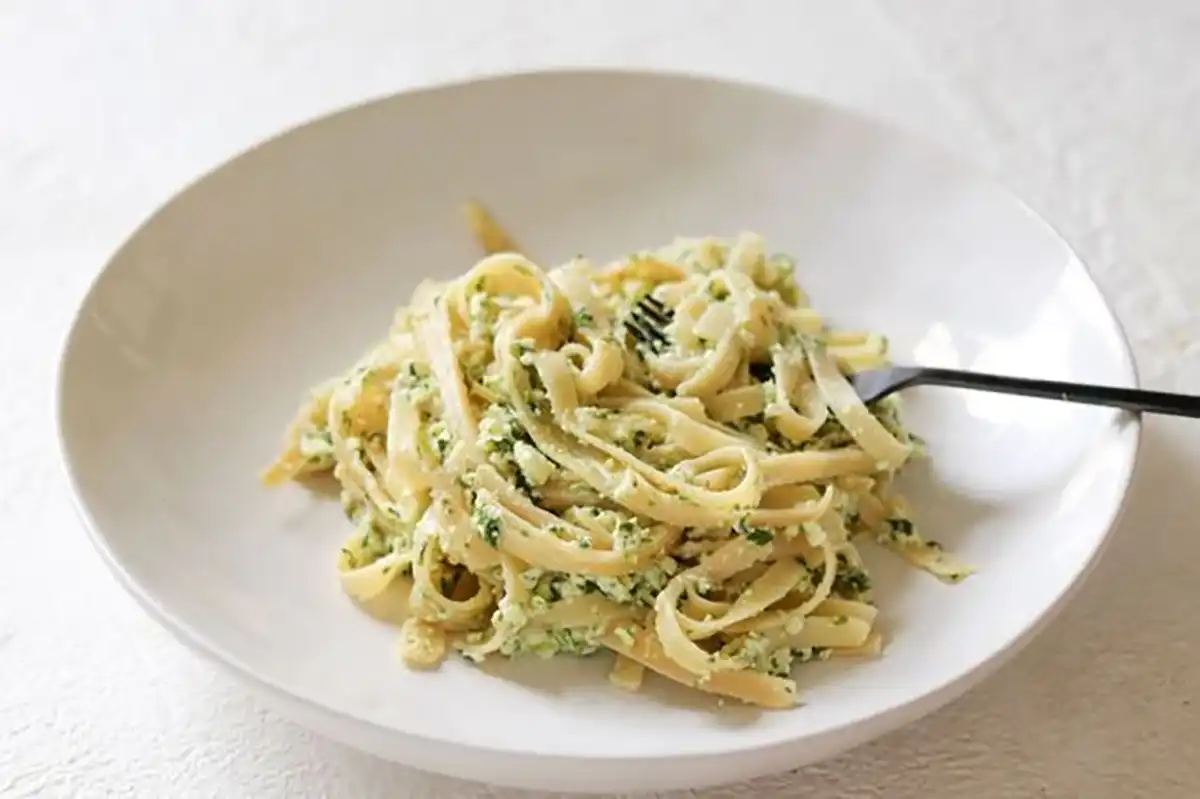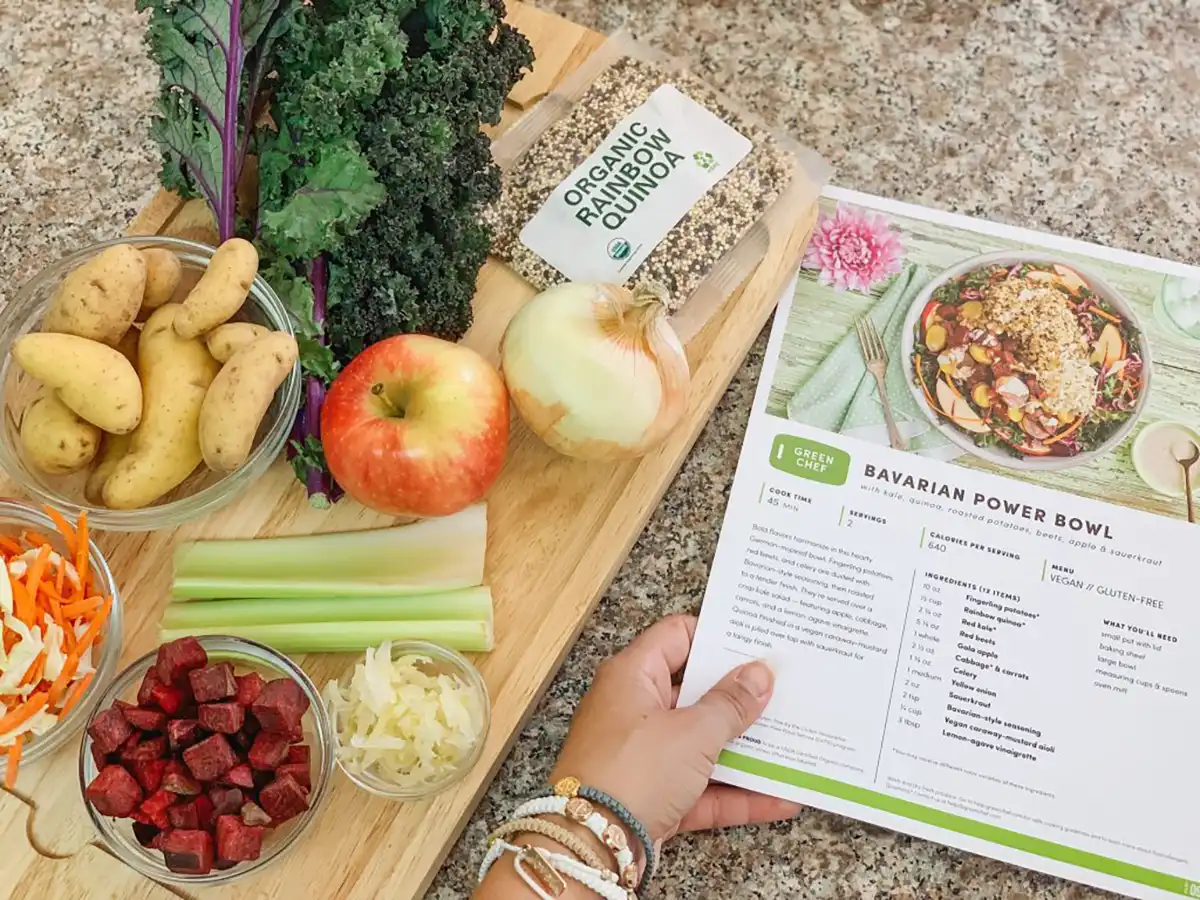Ways To Have A Net Zero Kitchen - How To Make Use Of All Your Food Scraps

We all know that climate change is a very near and present danger. Changes need to be made now to ensure that the planet can still be enjoyed by our children and our children’s children. Knowing where to start however can be an intimidating prospect. Yet, just by making a small series of changes that can add up to making a huge difference overall.
Here, we tackle the kitchen. Given that food waste is one of the easiest problems we can solve and its large impact on reducing carbon emissions, it is a good place to start for those looking to make alterations to their everyday lives. The kitchen bin is easily the biggest bin in the house, which goes to show how much ends up in there on a weekly basis. Reducing what you end up throwing into it, will have a large effect on the amount of wastage your household produces annually.
Ways to Reduce Waste in Your Kitchen
Even implementing one or two of these ideas into your everyday life can start to have an impact - introducing all at once is the quickest and most effective way to go greener though.
Banana Skins
Banana skins are one of the reasons bananas are so portable, but they do create a fair bit of waste from this commonly eaten fruit. To reduce the amount of them you throw in your bin, try turning them into liquid fertiliser. They are absolutely superb for bringing your plants and flowers back from the brink thanks to being so fortified with much needed nutrients. To do so, all you need to do is throw your banana peels into a big bucket of water over a few days. Then, when the peels have been left to offload their goodness to the water, just dilute it by 1:4 with water and give to your plants. And, if you still have some banana skins left, they can even be used as a wipe on your plants’ leaves. They will be sparkling green within seconds.
Potato Peel
Unless you are making jacket potatoes or loaded potato skins, many of us will find that we peel our potatoes and then throw that peel away. Instead, think about making use of them and turning them into something else. For instance, try throwing potato peel into a baking tray with some oil and making crisps that are incredibly moreish (not to mention great for ingesting much needed fibre into our diets). In fact, doing so with any peelings from root vegetables can quickly amount to a tasty snack for the whole family. Or, alternatively, save yourself a job and just wash the dirt off skins, but keep them on for whatever you are making. Hasselback potatoes or roasties are particularly delicious with crispy skins left on.
Use Portion Sizes And Shopping Lists
A bit of planning never went amiss and overbuying and over making is something that a large majority of us are guilty. The result is that food quickly goes off, even in our fridges - thus impacting the supply and demand factors that supermarkets depend on to keep their shelves stocked.
The answer? Keep to healthy portion sizes. This is not about reducing your portion sizes so you are hungry. It is simply about reducing the amount you make so you only make a portion for each household member at each meal. If you find that tough, try using a meal delivery kit service which comes with pre portioned sizes of ingredients as standard.
Not only does that mean you minimise your waste immediately, it also gives you a better idea about how much you need to make a well balanced and filling meal for you or your family in the future. Many of us make too much for fear that there won’t be enough to go round or lack of understanding as to how much of one ingredient is really needed for each dish.
Beeswax Food Covers
If you do have leftovers after a meal, it can be tempting to throw small amounts away. However, if you set it aside on a plate or dish, you can start to amalgamate your leftovers from the week and cover it with a reusable beeswax food cover. These pieces of equipment are fantastic and importantly reduce the amount of cling film that is used in a kitchen - that will often have been used before. While all the smaller bits of food leftover may not have been enough on their own for a meal in itself, when eaten alongside each other in a pseudo buddha bowl style, it can make for a filling lunch or supper - however diverse.
Love Your Freezer
There will be, despite best intentions, times that you simply cannot reduce your food waste to nothing. Making just the right amount for every single family member in your house at every meal is a very difficult task to set yourself. For that reason, get to love your freezer and know what food freezes well and what doesn’t. Plus, if you see that some veggies are about to turn past their best, cook them or prep them and then throw them in your freezer. Not only does that save waste, it will save you time in future with easy to add, already prepped ingredients stored in your freezer. Sofrito is a great example for this. Simply chop up a few onions, carrots and celery, fry them all off and then pop them in a freezer bag - or several if you have made enough for many dishes. Sofrito is the base of so many family favourites like Spaghetti Bolognese and risottos. Having it on hand ready can be a real time saver - as well as a good way to reduce waste.
Food Waste in The Kitchen
With a third of all food grown in the world wasted, tackling climate change from your kitchen should not be dismissed as dusting at the edges of a huge problem. As a population, we have a big impact collectively on what is stocked in our supermarkets - and how much. Reducing what we buy and therefore what we throw out, can add up to a material difference.





















































































